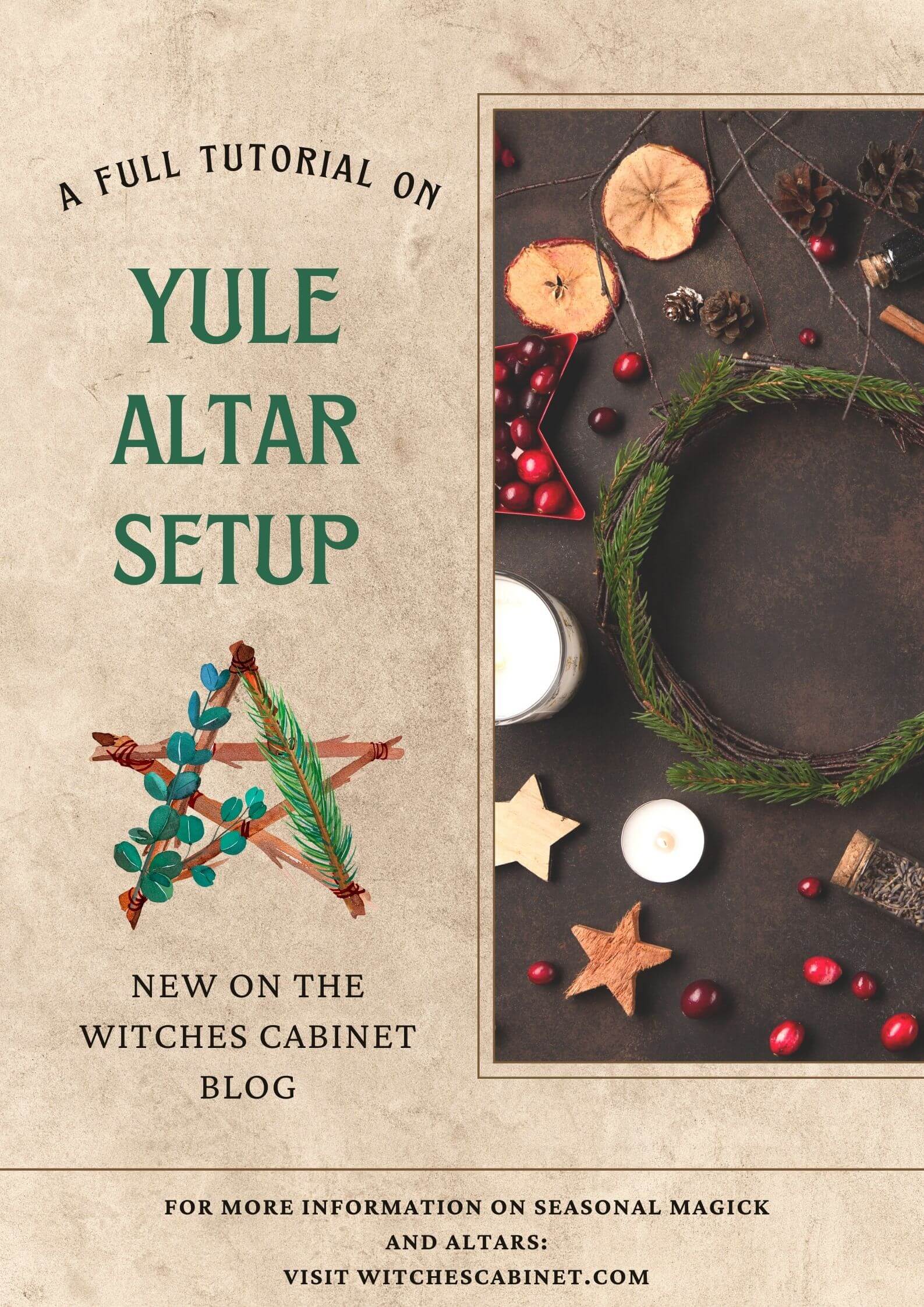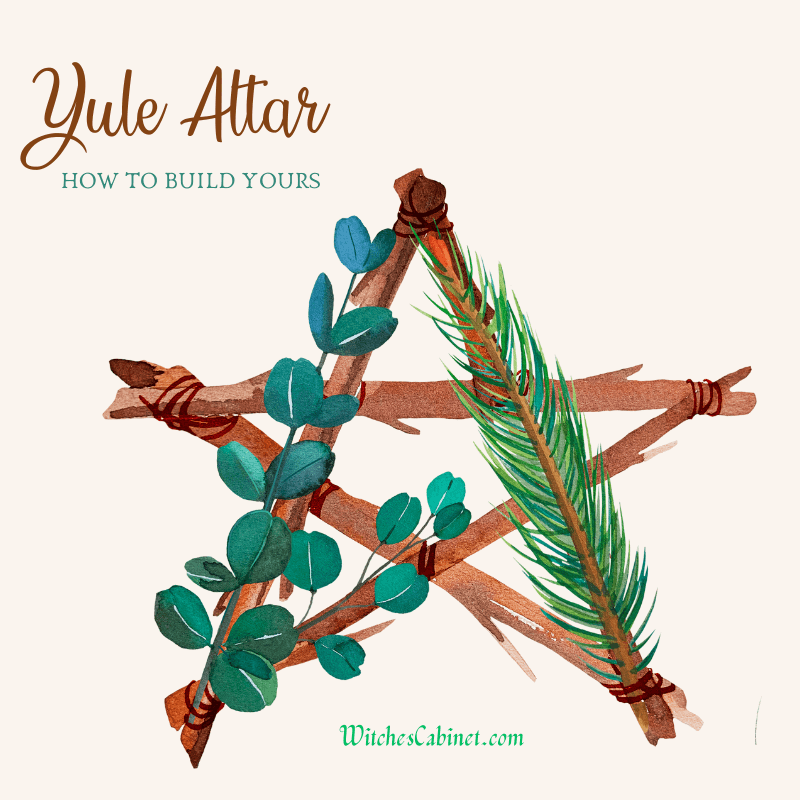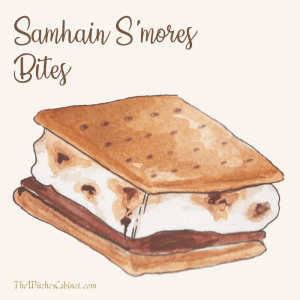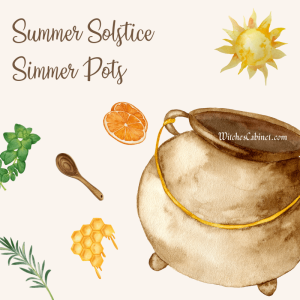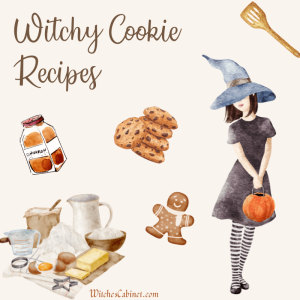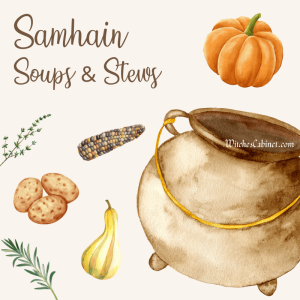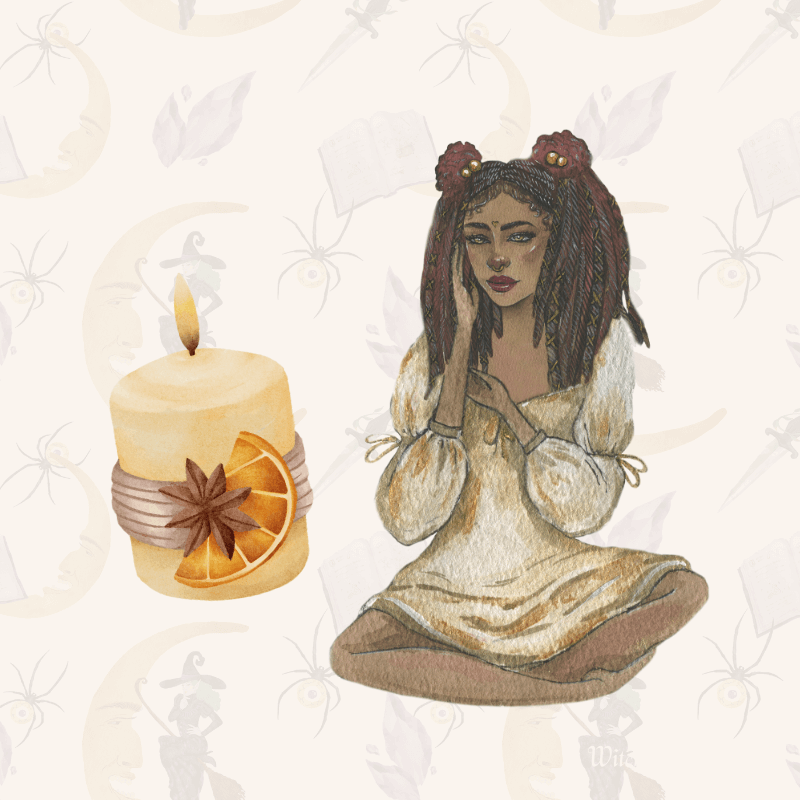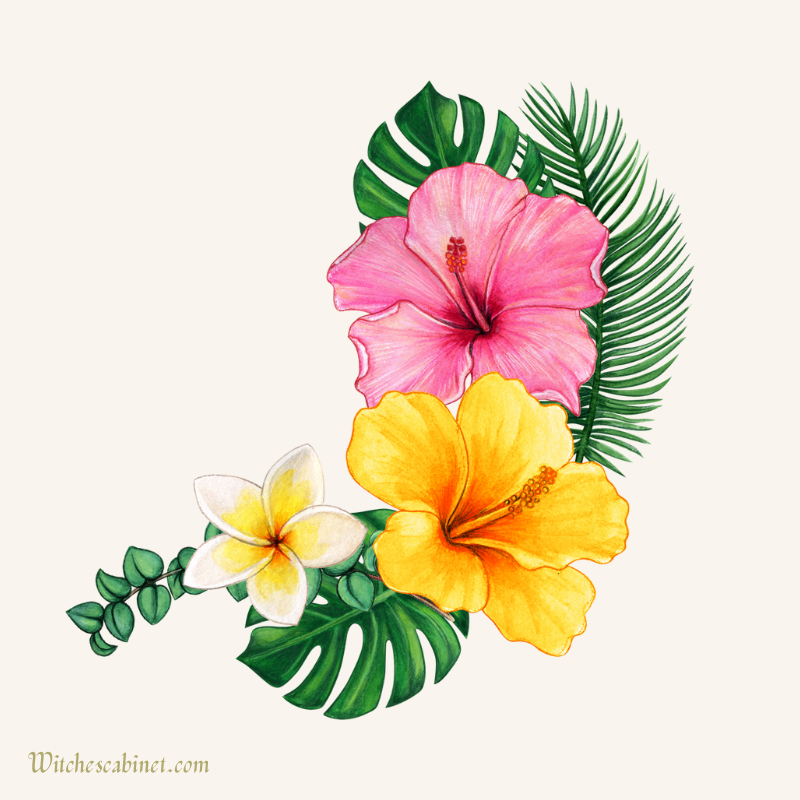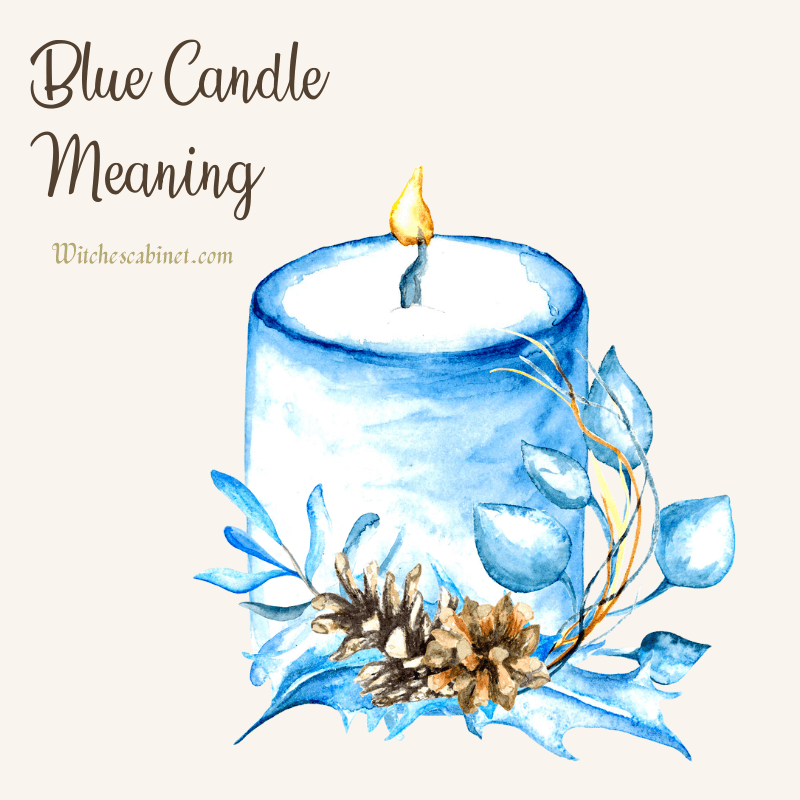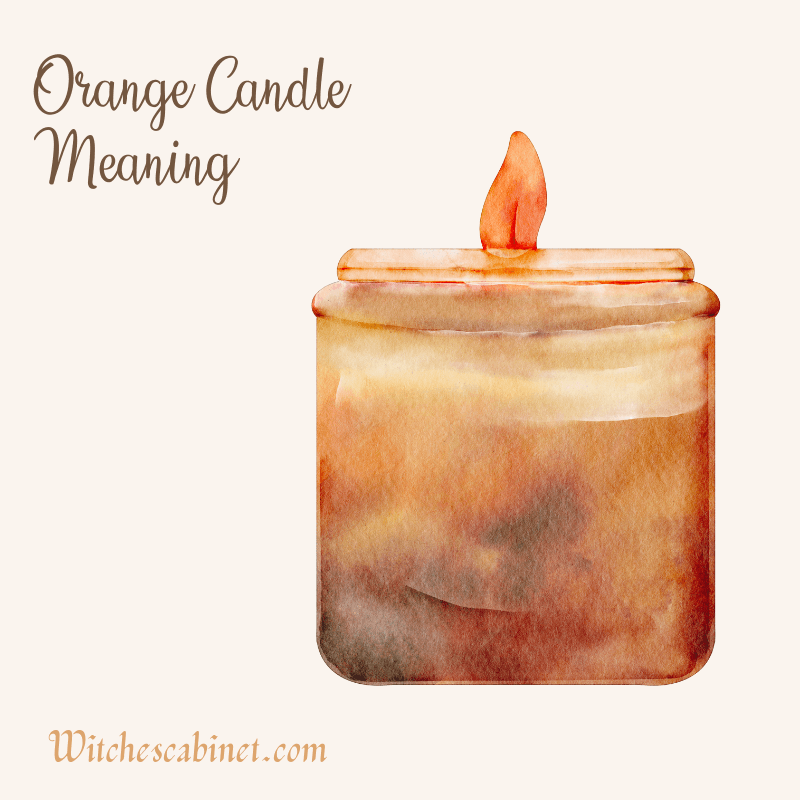The Winter holidays bring so many of us a feeling of joy, warmth, and comfort. To Norse witches and pagans, Yuletide is when we not only spend time with family, but we also honor our ancestors. As such, we acknowledge the spinning of the Wheel of the Year and the season of change. We put up lights, a Yule tree, and evergreens. And some of us setup and maintain an altar as sacred space during this time. Here we will teach a simple Yule altar set up and discuss the importance of Winter sacred space.
First, What’s So Cool About Yule?
First, for those who don’t know, Yule is a modern pagan holiday based on an ancient Norse Germanic festival at the Winter Solstice. This is the longest night and shortest day of the year, and as such, in old times people looked forward to the following day when the sun was reborn. In order to get through this dark and cold time, people would try to lighten the mood with gift giving, feasting, decorating the Yule tree, and other time-honored traditions.
In the Norse lands, Yule was a time when the ancestors would visit and spirits of all kinds would roam the earth freely. We see a similar concept during the Autumn in Celtic lands with the festival of Samhain. Scholars claim this is why we used to tell ghost stories at Christmastime. The Norse and Germanic people honored their Disir during the Winter Nights (Yule season), and more specifically, the Angles and Saxons honored their mother goddesses on Modraniht (Mother’s Night) a.k.a. the Winter Solstice.
But whether you choose to honor the old gods and traditions or make your own new traditions is up to you. That’s the wonderful thing about being a modern witch and pagan. The path you walk is your own! Now on to the Yule Altar.
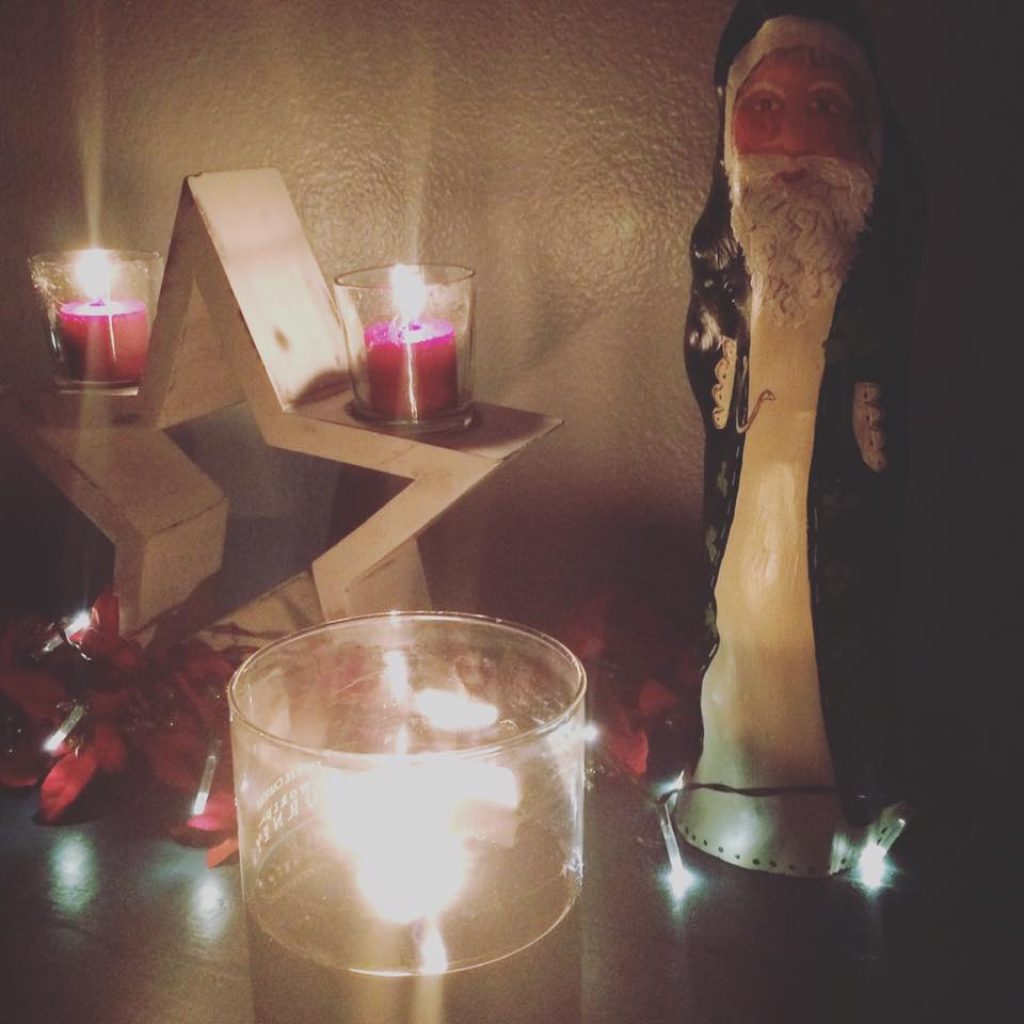
Next, What’s the Point in Having a Pagan Yule Altar?
In general, an altar is a space dedicated solely to you and your spirituality. It can literally be anything you want it to be. Many witches and pagans dedicate their altars to working with their ancestors, gods and goddesses, and other spirits. Some only see their altar as a space where they can reflect on spiritual lessons, meditate, or maybe engage in some form of divination. Like reading tarot cards or casting runes. How you choose to use your altar is entirely up to you.
We believe it’s important for you to have your own Yule altar because it gives you a special space to honor the changing of the seasons. Sometimes folks get depressed in the Winter…if that’s you, then maybe an altar will actually lift your mood. It allows you to connect with your higher self, your emotions, and gives you a space to ground and center. If you practice magick, an altar is also a place where you can cast spells and perform ritual.
How to Begin Your YULE Altar Setup
Keep in mind, how you setup your Yule altar is, once again, up to you. But here’s how we recommend the Yule altar setup process to go:
1. Cleanse Your Space and Tools
When I first joined the witchcraft community, I felt like all I ever heard was the word “cleansing”. Everyone was cleansing this and that, cleansing themselves, their homes, their cars, etc. And truly I didn’t understand the importance, until I started doing it myself. Cleansing is the spiritual equivalent to decluttering and cleaning. It removes all the energetic funk that’s clinging to an environment or person. So, moral of the story, your Yule altar setup should begin with cleansing your space and tools. If you have time, a few weeks into November, make your own Yule smoke-cleansing bundles as shown below. Then use these to purify your space.
Yule Altar Smoke-Cleansing Bundles
What you’ll need:
- Rosemary sprigs of equal length: about a handful or more (other herbs work for this too including sage, juniper, pine, rose, etc.)
- A good amount of twine
- Scissors
Here’s what to do:
- Place your rosemary sprigs side by side in a bundle.
- Now take your twine and wind around the bundle in a clockwise motion from the bottom to the top.
- Once you reach the top, turn around and spiral back down to the bottom.
- Tie off the twine and cut the excess.
- Trim up the ends of the sprigs to make them match and any loose pieces.
- Allow the Yule herb bundle to dry out a few weeks before lighting one end and using it to smoke-cleanse your space.
NOTE: smoke-cleanse the altar surface, the space around, as well as any tools and items you plan to put on your Yule altar. If you’re unable to make your own smoke-cleansing bundle, you can purchase one. OR use some other method of spiritual purification like herbal sprays, high vibrational sounds, crystal chakra wands, etc.
2. Charging Your Yule Altar With Intention
After you’ve cleansed your Yule altar setup space and tools, it’s time to charge your space with positive energy. One of the rules of magic goes like this: when you cleanse space of negative energy, you should always replace it with POSITIVE energy. This is called charging.
An easy way to charge your altar for the Winter season is by playing high vibrational music in the space. You can also say a prayer and ask your guides or gods to fill your altar space and tools with positive, prosperous energy for the season to come. I also enjoy dancing to the music near my altar space and then visualizing the energy I’ve raised as going into my altar and tools.
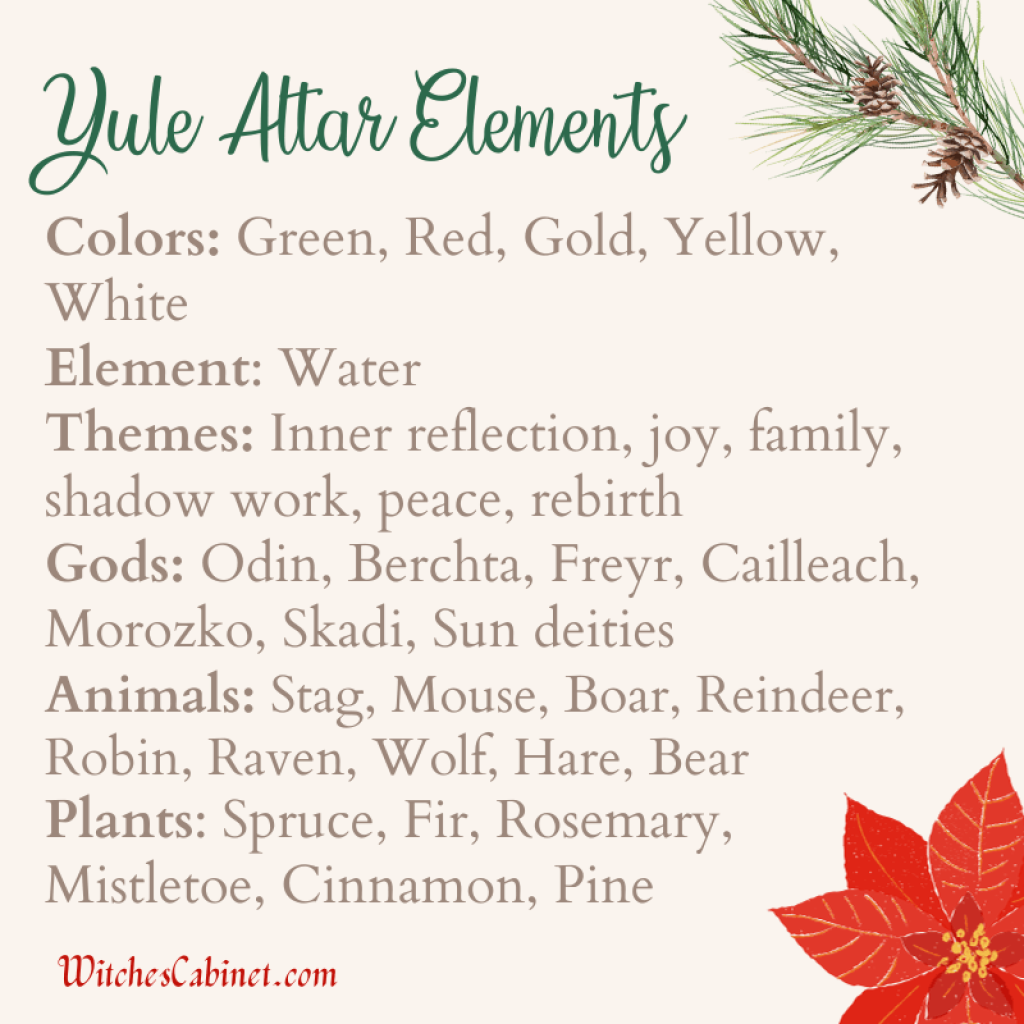
3. FINALLY the Actual Yule Altar Setup
NOW for my favorite part of the whole process…decorating! Yule altars are some of the most fun to build, in my opinion. It’s truly the first Winter sabbat and brings in all the comfy, cozy holiday feels! Let’s talk about the Yule elements and colors to include: evergreens, the Sun, and Yule colors like red, green, gold, and white.
You can also think about the animals that represent the Winter season including the stag, boar, mouse, horse, robin, cardinal, bear, wolf, raven, reindeer, snowshoe hare, etc.. Then consider the herbs and plants: spruce, fir, pine, mistletoe, rosemary, chamomile, cinnamon, nutmeg, star anise, clove, ivy, holly, rose of jericho, birch, frankincense and myrrh.
Here are a few things to include on your Yule altar setup:
- Candles in red, green, gold, white, yellow
- Gold candleholders with sun and moon symbols
- Incense and incense burner (typically made of Wintry scents and holiday herbs)
- Offering bowls, cups, baskets
- Evergreen garlands and centerpieces
- Items that represent modern Christmas (optional) like Santa, elves, or the Norse angle which would be Odin, the Alfar, and Sleipnir (Odin’s steed)
- Crystals that symbolize Winter and Yule: selenite, snowflake obsidian, black obsidian, angelite, sunstone, goldstone, pyrite, citrine, moss agate, red jasper, carnelian, etc.
- Cinnamon sticks and dried orange slices
- A vessel containing sun water
- Animal figurines or artwork of Yuletide animals
- A framed photo or statue of the Winter deities you’re working with: i.e. Sol/Sunna, Odin, Skadi, Cailleach, Boreas, Ullr, Berchta, Morozko, etc.
- A Yule herb bundle for cleansing purposes
- A golden bell for cleansing purposes and to initiate ritual
Last Touches to the Yule Altar
After my Yule altar setup is complete, I like to finish it off with little last minute touches. For instance, sometimes I add string lights to the altar. Sometimes I’ll spray an Winter-themed perfume, body spray, or herbal spray over my entire altar and tools.
I’ll light my candles, the incense, and fill my offering bowls and cups with wine, water, herbs, etc. Then I’ll chant and invite the new Winter energy to flow through the space, filling it with positivity, health, beauty, joy, love and prosperity.
I make sure to refresh my water and offerings every day or as often as I need to. And, on the actual days of Yuletide, I perform ritual and/or cast my magick at the altar. This feeds my altar and my magick…a sort of positive feedback loop that keeps the Wintry energies flowing all season.
What to do with your altar when Yule is over?
When Yule is over, what should you do with your altar? Should you take it down or dismantle it? Or keep it up all Winter long? It’s truly up to you, and there are different ways of doing it. However, what I do is I typically decorate my altar seasonally. For instance, if I set up a Yule altar, I’ll keep that altar pretty much the same all Winter long. Maybe with a few minor adjustments.
For instance, I’ll keep my sun and moon decorations on it, as well as some of the evergreens. But I might remove anything that features elves or Santa or anything that screams Yule specifically, instead of a more general Winter feel. But again, this is up to you. You might find you like to refresh your altar every lunar cycle. Or more frequently. The choice is yours! And have a Merry Yule!
